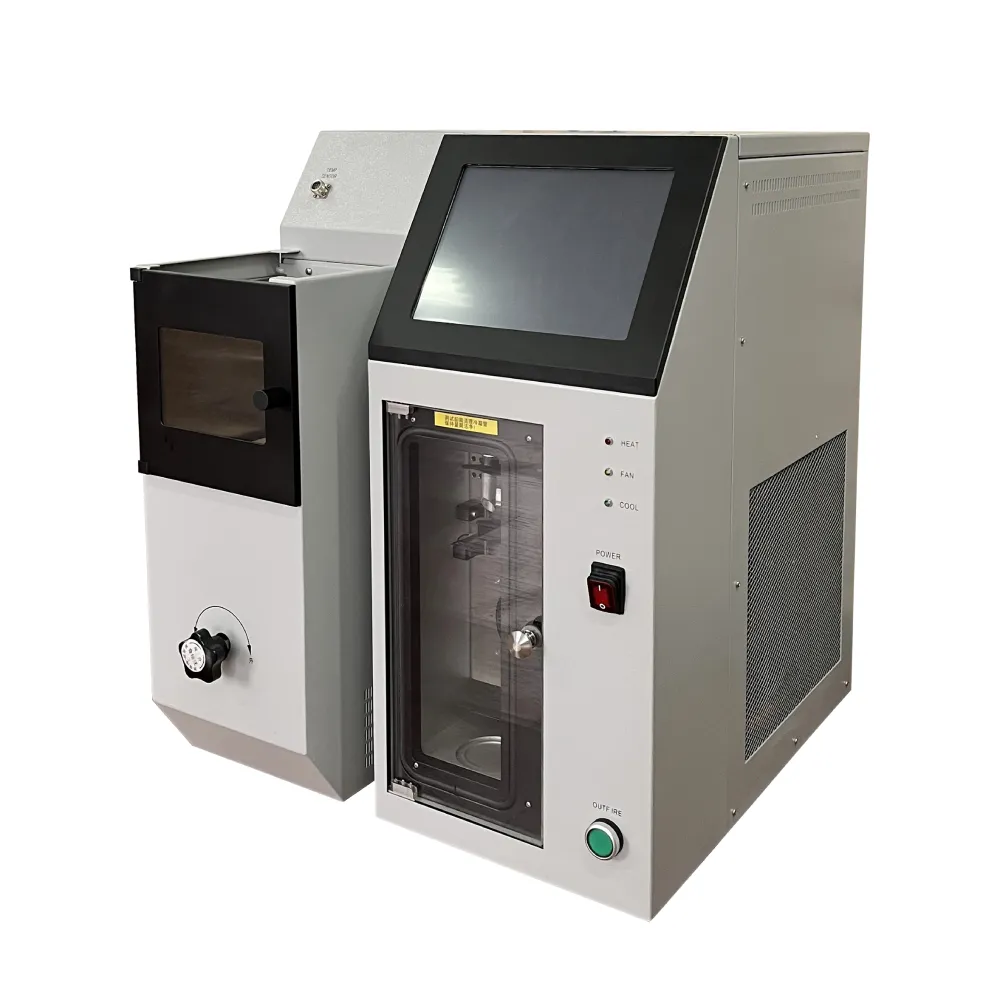 English
English



-
 Afrikaans
Afrikaans -
 Albanian
Albanian -
 Amharic
Amharic -
 Arabic
Arabic -
 Armenian
Armenian -
 Azerbaijani
Azerbaijani -
 Basque
Basque -
 Belarusian
Belarusian -
 Bengali
Bengali -
 Bosnian
Bosnian -
 Bulgarian
Bulgarian -
 Catalan
Catalan -
 Cebuano
Cebuano -
 China
China -
 China (Taiwan)
China (Taiwan) -
 Corsican
Corsican -
 Croatian
Croatian -
 Czech
Czech -
 Danish
Danish -
 Dutch
Dutch -
 English
English -
 Esperanto
Esperanto -
 Estonian
Estonian -
 Finnish
Finnish -
 French
French -
 Frisian
Frisian -
 Galician
Galician -
 Georgian
Georgian -
 German
German -
 Greek
Greek -
 Gujarati
Gujarati -
 Haitian Creole
Haitian Creole -
 hausa
hausa -
 hawaiian
hawaiian -
 Hebrew
Hebrew -
 Hindi
Hindi -
 Miao
Miao -
 Hungarian
Hungarian -
 Icelandic
Icelandic -
 igbo
igbo -
 Indonesian
Indonesian -
 irish
irish -
 Italian
Italian -
 Japanese
Japanese -
 Javanese
Javanese -
 Kannada
Kannada -
 kazakh
kazakh -
 Khmer
Khmer -
 Rwandese
Rwandese -
 Korean
Korean -
 Kurdish
Kurdish -
 Kyrgyz
Kyrgyz -
 Lao
Lao -
 Latin
Latin -
 Latvian
Latvian -
 Lithuanian
Lithuanian -
 Luxembourgish
Luxembourgish -
 Macedonian
Macedonian -
 Malgashi
Malgashi -
 Malay
Malay -
 Malayalam
Malayalam -
 Maltese
Maltese -
 Maori
Maori -
 Marathi
Marathi -
 Mongolian
Mongolian -
 Myanmar
Myanmar -
 Nepali
Nepali -
 Norwegian
Norwegian -
 Norwegian
Norwegian -
 Occitan
Occitan -
 Pashto
Pashto -
 Persian
Persian -
 Polish
Polish -
 Portuguese
Portuguese -
 Punjabi
Punjabi -
 Romanian
Romanian -
 Russian
Russian -
 Samoan
Samoan -
 Scottish Gaelic
Scottish Gaelic -
 Serbian
Serbian -
 Sesotho
Sesotho -
 Shona
Shona -
 Sindhi
Sindhi -
 Sinhala
Sinhala -
 Slovak
Slovak -
 Slovenian
Slovenian -
 Somali
Somali -
 Spanish
Spanish -
 Sundanese
Sundanese -
 Swahili
Swahili -
 Swedish
Swedish -
 Tagalog
Tagalog -
 Tajik
Tajik -
 Tamil
Tamil -
 Tatar
Tatar -
 Telugu
Telugu -
 Thai
Thai -
 Turkish
Turkish -
 Turkmen
Turkmen -
 Ukrainian
Ukrainian -
 Urdu
Urdu -
 Uighur
Uighur -
 Uzbek
Uzbek -
 Vietnamese
Vietnamese -
 Welsh
Welsh -
 Bantu
Bantu -
 Yiddish
Yiddish -
 Yoruba
Yoruba -
 Zulu
Zulu
11kv transformer testing
Testing of 11kV Transformers An Overview
Transformers play a crucial role in electrical systems, particularly in the distribution of electrical energy. An 11kV transformer is commonly used in various industrial and commercial applications to step down high-voltage electricity for safer use. Ensuring the reliability and efficiency of these transformers is paramount, and testing is an essential part of this process.
Importance of Testing
Testing transformers is critical for several reasons. Firstly, it ensures compliance with national and international standards, fostering safety in operations. Secondly, regular testing helps identify potential problems before they evolve into critical failures, thereby reducing downtime and saving costs associated with unexpected outages. Thirdly, it enhances the overall lifespan of the transformer by monitoring its condition and performance.
Types of Tests
Several tests can be conducted on 11kV transformers, each aimed at determining different parameters and ensuring functional integrity.
1. Insulation Resistance Test This test measures the resistance of the insulation system within the transformer. High insulation resistance indicates low leakage current and suggests that the insulation is intact. Typically, a megohmmeter is used, and a value above 1 MΩ is often considered acceptable.
11kv transformer testing

2. Transformer Turns Ratio (TTR) Test This test compares the voltage ratios of the primary and secondary windings. A significant deviation from the expected turns ratio can indicate issues such as winding failure or short circuits. This test is essential for assessing the transformer’s performance and operational efficiency.
3. Power Factor Testing The power factor test assesses the condition of the insulation in the transformer. It helps determine the losses occurring in the insulation and hence provides an insight into the health of the transformer. A lower power factor can indicate deteriorating insulation, which requires immediate attention.
4. Sweep Frequency Response Analysis (SFRA) This method investigates the mechanical integrity of the windings and the insulation system. It is a high-frequency test that analyzes the transformer’s response over a range of frequencies. Changes in the frequency response can indicate physical movement or deformation within the windings.
5. Temperature Rise Test Conducted to evaluate the heat generated within the transformer under full-load conditions, this test is vital for determining whether the transformer can operate safely without overheating. Temperature sensors are placed strategically, and the results are compared against the manufacturer's specifications.
Conclusion
Testing an 11kV transformer involves multiple procedures, each tailored to assess specific characteristics and performance metrics. It is essential to follow a systematic testing protocol not only to ensure the operational reliability of the transformer but also to comply with safety and regulatory standards. Regular testing can prevent catastrophic failures, enhance the lifecycle of the equipment, and ultimately contribute to a more efficient and reliable electrical distribution system.
In summary, ongoing transformer testing is the backbone of effective electrical maintenance strategies, enabling operators to proactively manage the health of their systems. As technology advances, the methodologies and tools for transformer testing continue to improve, making it possible for electrical engineers to maintain high levels of efficiency and reliability in the power grid. Thus, investing in regular testing and maintenance of 11kV transformers is an investment in safety, reliability, and efficiency in power distribution.
-
Testing Equipment Industry Sees Major Advancements in 2025: Smart & Precision Technologies Lead the WayNewsJun.06,2025
-
Applications of Direct Current Generators in Renewable Energy SystemsNewsJun.05,2025
-
Hipot Tester Calibration and Accuracy GuidelinesNewsJun.05,2025
-
Digital Circuit Breaker Analyzer Features and BenefitsNewsJun.05,2025
-
Benefits of Real-Time Power Quality Monitoring Devices for Industrial EfficiencyNewsJun.05,2025
-
Earth Fault Loop Testing in High-Rise Building Electrical SystemsNewsJun.05,2025



